
Scientists in the US have developed new edible food packaging made from milk protein, which they claim can reduce food waste.
Researchers from the US Department of Agriculture will present the packaging, which is made from milk protein casein, later today (22 August), at the 252nd national meeting of the American Chemical Society.
They claim the new technology keeps food fresher for longer and can even be sprayed on products like cereals or fruit to keep them fresh. The packaging looks similar to clingfilm, but is less stretchy and unlike normal plastic-based packaging, is completely biodegradable, sustainable and edible.
Research leader Peggy Tomasula of the USDA said the new technology was up to 500 times better than plastics at keeping oxygen away from food.
“The protein-based films are powerful oxygen blockers that help prevent food spoilage. When used in packaging, they could prevent food waste during distribution along the food chain,” she said.
Some commercially available edible packaging varieties are already on the market, but these are made of starch, which is more porous and allows oxygen to seep through its microholes, Tomasula added. The milk-based packaging, however, had smaller pores and thus created a tighter network that kept oxygen out, she claimed.
The coatings applications for the product were “endless”, said co-leader of the study Laetitia Bonnaillie, and had the potential to significantly reduce packaging waste.
“We are currently testing applications such as single-serve, edible food wrappers. For instance, individually wrapped cheese sticks use a large proportion of plastic - we would like to fix that.”
The scientists are currently creating prototype film samples for a small company in Texas, and the development has garnered interest among other food companies, Bonnaille said. The group predicted the new casein packaging could be on store shelves within three years.



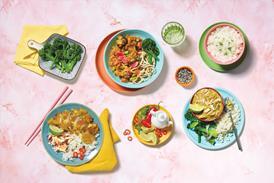


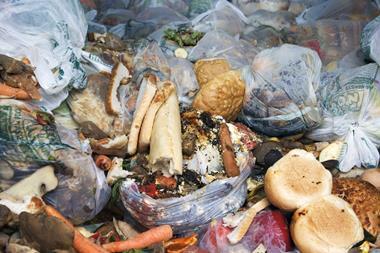
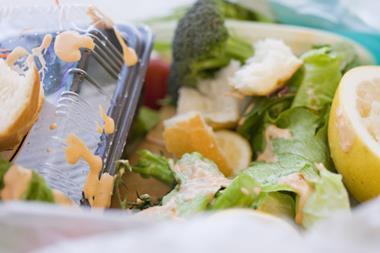
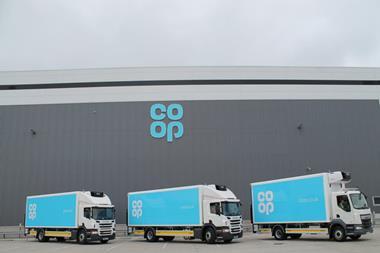








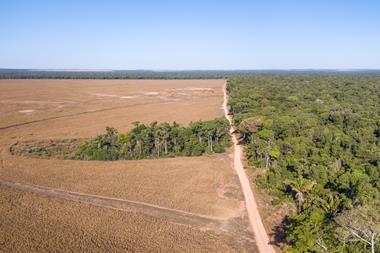
No comments yet